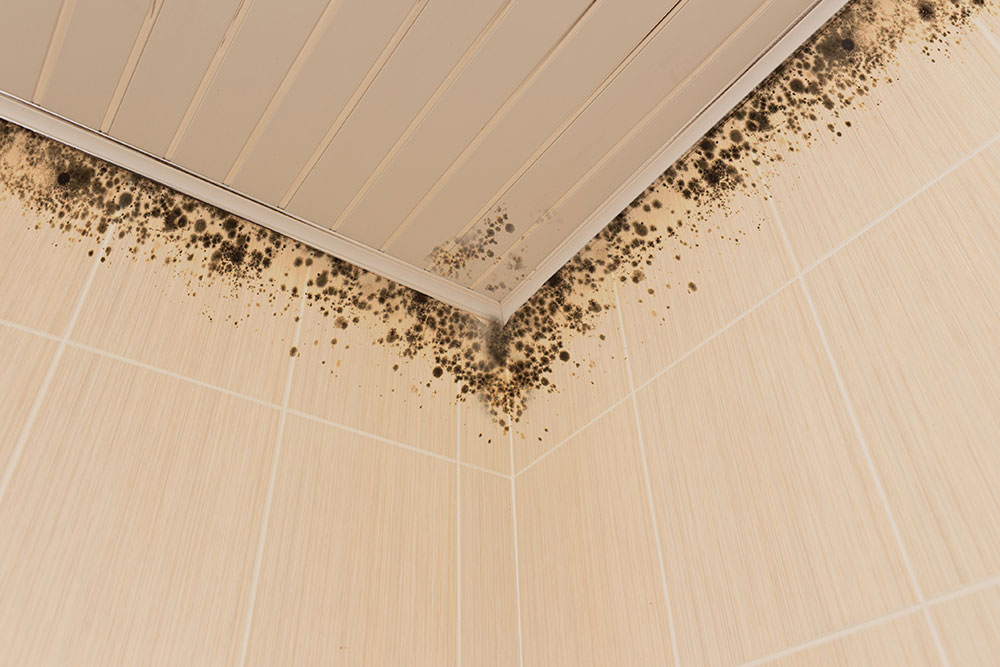We all have heard of black mold, the “black death” of homes. Whenever this sneaky organism is mentioned there seems to be a hush that falls over all that are in the conversation. If you are the person this terrible fate has fallen upon, you are greatly pitied. Okay, maybe we are being a bit dramatic, but really, black mold should be taken seriously. Black mold isn’t just something that can rear its ugly head when catastrophe strikes from a burst pipe or leaking ice maker water supply line. Black mold can show up in a variety of places around the house. Keep reading to learn more about common places in your home where black mold can grow and thrive.
Shower & Bathtub
Mold loves humidity and water, making damp places like the bathtub and shower the perfect place for mold to take up residence, especially if you love your steaming hot showers—and I mean, who takes cold showers? Mold can grow on your tiles, behind shampoo bottles, on washcloths, loofahs, the shower curtain, and really anywhere. If you see black mold, it’s time to use some elbow grease and some chemicals to kick that mold to the curb.
Sink & Toilet
It’s easy to assume that the shower and bathtub would be the only places that mold would love to hangout, but pretty much anywhere in the bathroom is a perfect habitat for mold to thrive. Black mold likes to grow in the toilet bowl (gross!), in the sink, and on the counter where water is allowed to pool. Also, any excess moisture from using cleaning supplies can cause mold to grow in the dark cabinet area under the sink as well.
Want to Stay Mold Free?
It’s easy to think that a little mold won’t hurt, and you may be right. However, if mold is allowed to grow, the health issues and structural damage that mold can cause can be catastrophic. Here are some ways to keep mold out of your bathroom:
- Use your fan! Getting the moisture removed from the bathroom after a shower is crucial! We suggest running the bathroom fan for 30 minutes.
- Check the humidity levels throughout your home and utilize a humidifier or dehumidifier as needed. Having your home too humid can, obviously cause mold, but a home that is too dry can be uncomfortable.
- Dry wet surfaces such as countertops and floors to not only avoid mold, but also damage to your bathroom itself.
- Check your faucet and pipes for leaks regularly. It is far better to catch a problem when it has just begun, than when it has had time to fester and do its worst.
If you see mold growing, you can often get rid of it by simply giving your bathroom a thorough cleaning. However, in some cases, you may have to invest a little more time in the battle against mold if you find it growing on your cabinets and walls. Many home improvement stores sell mold removal kits that will easily remove mold. However, if your wall is wet to the touch and you can easily insert a finger through the wall, then you may have a bigger problem on your hands.
If you feel like your home might have water damage or is overrun with mold, call Disaster Response. We offer caring and quality services such as water damage restoration, mold testing, and mold removal to commercial and residential clients in the Grand Rapids area and West Michigan. Call us day or night! Visit our website to learn more about mold removal and Disaster Response!

